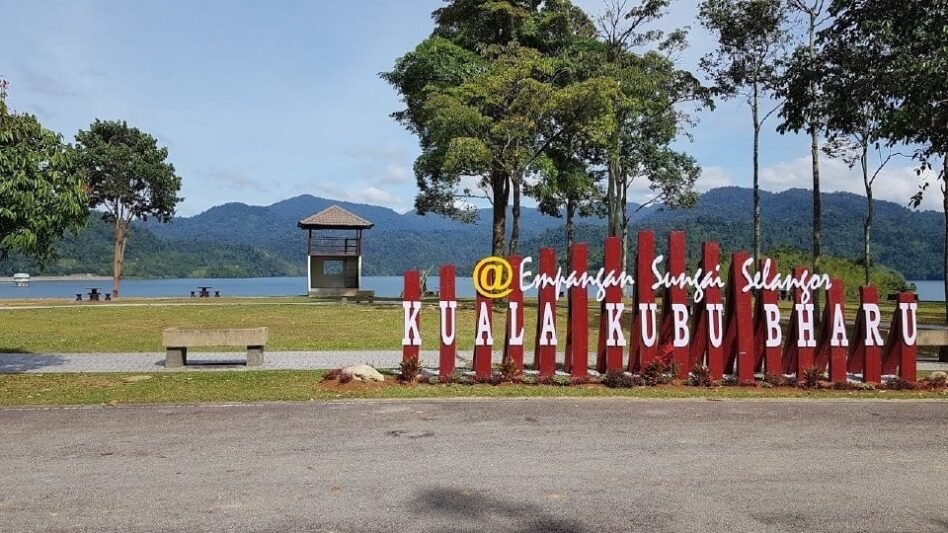By Nor Zalina Harun
Meaningful place sheds light on the importance of an array of places in people’s lives. For example, some people regard a particular place as being sacred and important.
Thus, they may not even want the place to be altered or harmed due to its symbolic value and important characters it possesses. Contrarily, the same place could be ignored and less appreciated by different group of people.
A number of scholars and place making advocators have investigated on this phenomenon, which finally lead to hypothesis that meaning and significance of places are based on three broad interrelated components identified as the physical setting, the person (an individual’s internal psychological and social processes and attributes, which are also tied to social and cultural factors) and the activities or rituals done at the place.
Following the broader dimension on place meaning study, Rapoport in one of his famous study reconsidered that one needs to distinguish among types or level of meaning as it was considered that built environments and material culture generally, may communicate several distinct types of meaning. Given that, it can be suggested that the meaning of our surrounding environment has three levels.
First is a lower level meaning or an everyday and instrumental meaning concerning mnemonic cues for identifying uses for which setting are intended and hence the social situations, expected behaviour and the like. Second is a middle-level meaning which refers to the emotional values associated with the object those communicating identity, status, wealth, power that is the latent rather than the instrumental aspects of activities, behaviour and settings.
Finally, is a higher-level meaning referring less to the object than to broader values that related to, for example, cosmologies, cultural schemata, philosophical systems or the scared.
‘Meaning’ here is considered as second major element that comes after the emotional bond of people to a physical location. Drawing to this concept on place meaning, I conducted a study which delves into how an open area that is rich in social and historic significance, locally known as Padang Pahlawan before 2008 means to the local residents and become an important cultural landscape site in Malaysia.
A description of how Padang Pahlawan evolved and continue to play a major role in the physical, cultural and social lives of the local people and in Malaysia is explored in this longitudinal research.
The research gives focus to the padang because, my earlier studies conducted on this subject have found that out of ten historic padang identified in the old towns of Malaysia (Seremban, Ipoh, Kuantan, Kuala Lipis, Kuala Kangsar, Alor Setar, Kota Bharu, Kuala Terengganu, Taiping, Kuala Selangor) half of them face a commercial threat and tourism based development.
In addition, the loss of Padang Pahlawan over a hypermarket and entertainment ground is now a daunting history of Melaka and its residents.
The hawkers who vend at the edge of the padang has been moved to the basement of a new building constructed on the new plaza named as Dataran Pahlawan.
Recreational activities such as horseback riding, family ride on bullock carts were abolished and initially transferred to Ayer Keroh new recreation area, located about 15km from the open space in 2008.
Waiting and playing area for the school children in front of primary school near the A Famosa has also been moved to the side of the road. Football games were prohibited from operating as the new open space is now is a privately owned space and monitored by CCTV.
In sum, all activities formerly carried on the field no matter formal or informal, can no longer be held. It remains now only as a piece of open space that contains declaration of independence plaque and the remnants of prehistoric archaeologist within the fence.

The morphological evolution of Padang Pahlawan from the 1930s to 2008. Source: Author
To explore the meaning of this historical piece of land that is meaningful to the nation where the first prime minister proclaimed Independence of Tanah Melayu in February 20, 1956, a face-to-face interview was carried out randomly involving the exploration with 44 numbers of residents.
The sampling involved participants from 20 to 84 years old, generally live 1km to 30km away from Bandar Melaka.
The selection of participants fulfilled the criteria of the judgment sampling method because such residents consider Padang Pahlawan as a familiar place, in which they consider as the main public place which they visit regularly before the major part of it was demolished in 2008.
The interview reveals that residents place a proliferation of meanings to Padang Pahlawan for which the meaning is derived from long and multiplicity of experiences; social, cultural and historical engagements.
An engagement which affords them to recognise the padang as a place that they are attached and depended on. It represents the real cultural landscape of Melaka people that are rich in history, daily routine, social interaction and local transaction.
More pragmatically, the research shows that different prioritizations depicted between residents with preserved public space and residents who had lost their public place.
The differences indeed have highlighted how the preservation and demolition of public place affected people, physically and psychologically.
Being located in the middle of the city, a social place like padang or plaza is often under tremendous pressure from development and change of it use.
The losses of social, cultural and economic activities and historic remnants and path have contributed to a sense of placelessness and the change and disruption of its physical character have resulted to a placeless geography.
With insights drawn from the research it is anticipated that preservation of place of this kind is considered as a crucial prerequisite to a better quality of life and assure the sustenance of place character besides conforming to the quality of a good city form. The disturbance of one element in some way affecting all others.
For example, this kind of urban landscape change is seen as a menace and negative evolution because they also cause a loss of diversity and deterioration of distinctiveness of two underlying factors which directed to the loss of place values and place identity.
In order to achieve a unification of the multi-racial community, meaningful and historical area such as Padang Pahlawan should not be a victim of development gluttony. Its loss is compounded by the history and wonderful memories of the local community in fostering unity.
After more than half a century of the formation of Malaysia, demolition of historic sites should be taken seriously, for a society that is blind in history will not be able to rise like its neighbours who are moving profligately forward. – Sept 23, 2020










